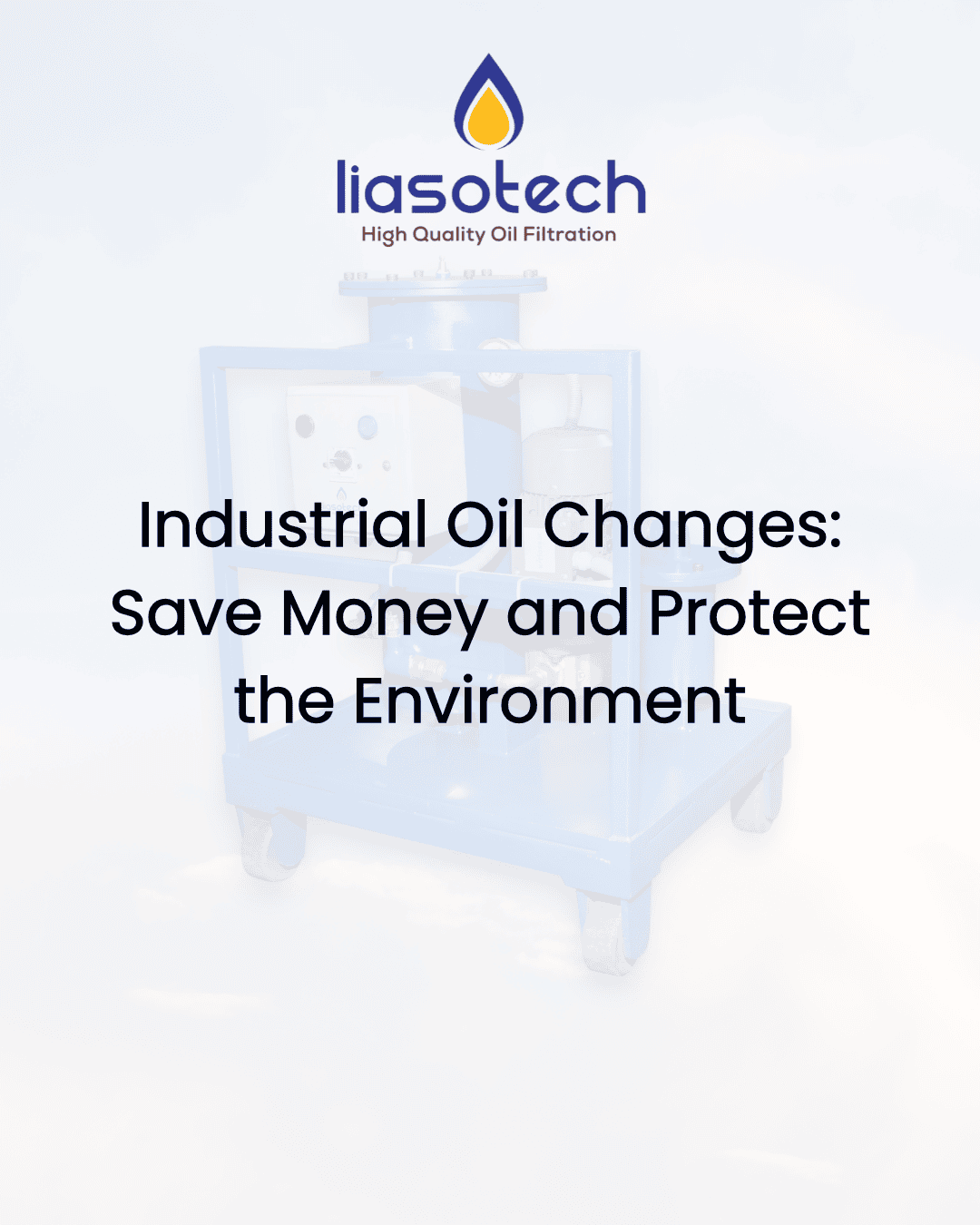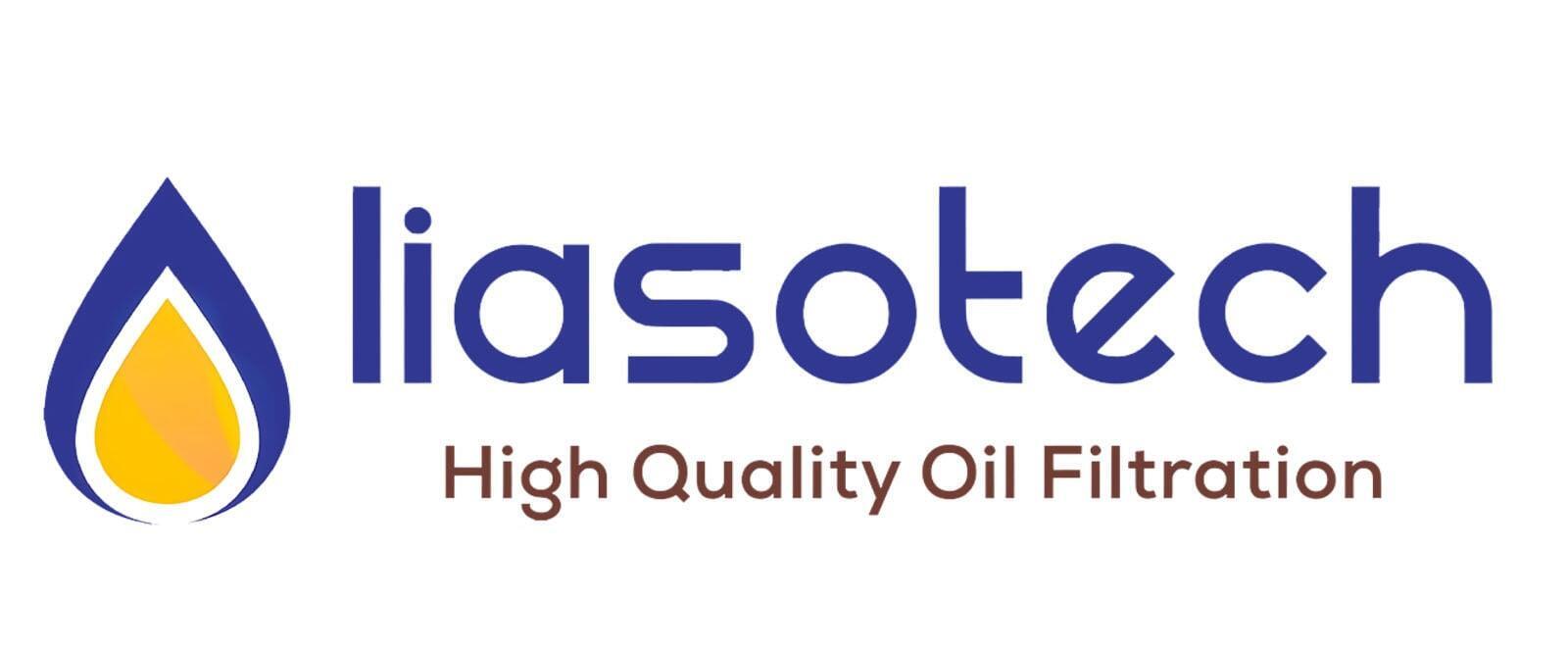
Regular industrial oil maintenance is not just another operating expense—it's a strategic investment that benefits both your bottom line and the environment. This guide highlights how proper oil management creates significant cost savings while reducing environmental impact.
Financial Benefits
Extended Equipment Life
Clean industrial oil properly lubricates machinery components, reducing wear and extending equipment lifespan by 25-40%. This translates to years of additional productive operation before requiring capital-intensive replacements.
Improved Energy Efficiency
Optimal lubrication reduces friction, improving energy efficiency by 3-8%. For manufacturing facilities, this can represent a significant reduction in overall operational energy costs.
Prevented Downtime
Unplanned equipment failures due to poor lubrication typically cost 1-5% of annual revenue in downtime expenses. Investment in oil analysis and maintenance (typically 0.2-0.5% of operating costs) delivers exceptional ROI by preventing these costly interruptions.
Environmental Benefits
Resource Conservation
Extending equipment life through proper oil maintenance reduces the need for manufacturing replacement machinery, conserving raw materials and energy used in production processes.
Reduced Emissions
Well-maintained industrial machinery operates more efficiently, consuming less energy and producing fewer emissions. Businesses typically report 5-15% reductions in energy-related emissions after optimizing lubrication practices.
Oil Recycling Value
Up to 95% of used industrial oil can be reclaimed through proper recycling. Re-refining used oil requires 70% less energy than producing virgin oil, preventing approximately 1 ton of CO2 emissions per gallon.
Best Practices
Implement Oil Analysis
Use Application-Specific Lubricants
Contamination Control with Oil Filtration System
Strategic industrial oil maintenance represents a perfect alignment of financial and environmental responsibility. By implementing these practices, industrial operations can reduce lifetime equipment costs by 15-30% while significantly reducing their environmental footprint.
